Barclays Bank also said that combined with the shortened delivery date of the iPhone 16 series, Apple's new phone demand has weakened, and the main reason for this is the lack of attractive new features and AI application ecology. Supply chain sources said that smartphones need to be redesigned to fit AI applications, but this process is expected to be completed in 2026 or 2027.
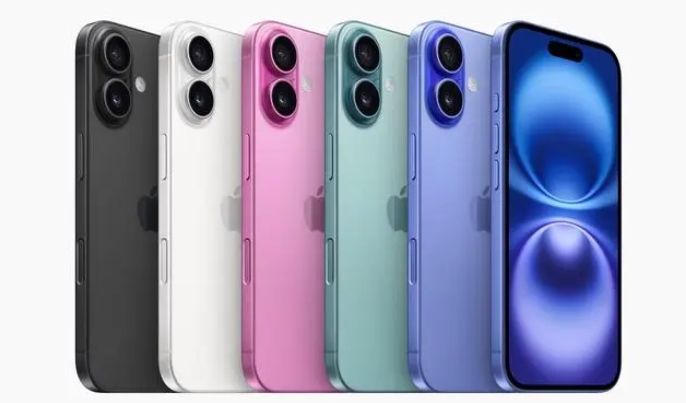
In the past two years, the mobile phone and PC industries have been transforming to the AI field, and AI mobile phones and AI PC products have emerged in an endless stream, but the AI functions of almost all products give people the impression that they are just gimmicks, and it is difficult to see the difference from ordinary mobile phones and PCs. Why has the AI function, which is highly expected by mobile phone manufacturers, not become the core competitiveness of new phones and attract old users to change phones?
AI mobile phones, functions and experience are two different things
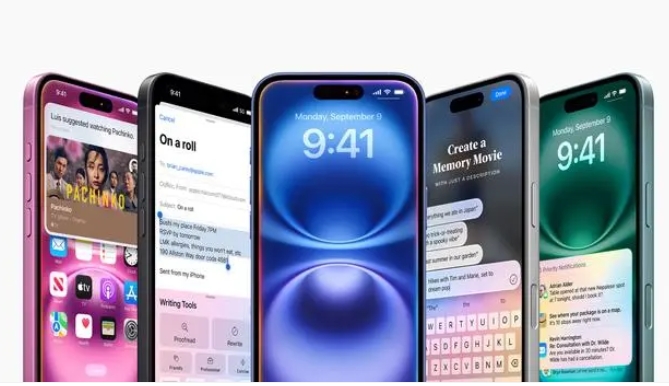
Faced with the iPhone 16 series sales not meeting expectations, Citibank believes that the problem lies in the failure of the series' main feature, Apple Intelligence, to go online. The launch of Apple Intelligence on October 28, the major update of Siri next year, and the launch of the iPhone 17 series will attract a large number of iPhone users to change their phones.
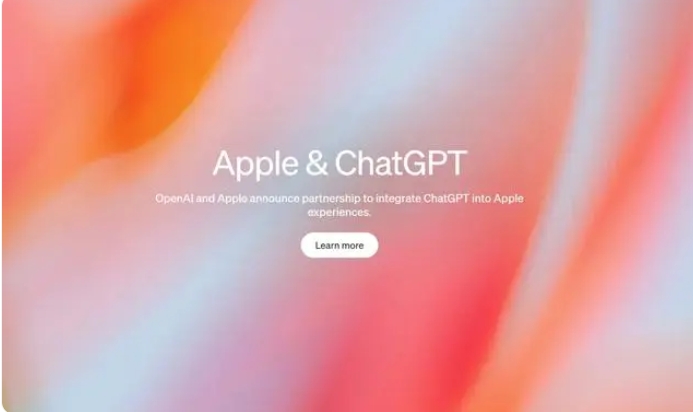
However, these analysis agencies and mobile phone and PC manufacturers who promote AI functions as heavyweight functions have overlooked an essential problem-the current AI experience has little to do with the AI performance and functions of the device.
In recent years, many mobile phone manufacturers have promoted their own AI applications that can extract documents, generate pictures, create text, and write code. The problem is that these functions are all implemented in the cloud, not on the mobile phone side. The functions that can be achieved by flagship phones of 5,000 to 6,000 yuan can also be achieved by mid- and low-end models of 1,000 to 2,000 yuan.
Even if the mobile phone does not provide relevant AI applications, these functions can be achieved on the application side or web side through third-party AI such as ChatGPT and Bard overseas, Doubao, Wenxin Yiyan, and iFlytek Spark in China. Xiao Lei often uses AI applications to extract the key points of articles or generate pictures to illustrate articles.
Whether it is generating pictures, texts, or assisting users in writing code, since it can all be achieved in the cloud and there are many apps available, it is difficult for mobile phones to distinguish the gap with competitors through AI functions, and naturally it is difficult to become a core competitiveness, which easily leaves consumers with the impression that it is just a gimmick.
Apple Intelligence, which will be launched on October 28, supports eight major functions, including AI understanding, AI summary, article summary/rewriting/generation, AI reply, AI recognition, AI screening, AI transcription, and AI assistant. Most of these functions can also be achieved using third-party applications. Relying solely on the functions generally supported by these AI applications, it is difficult for the iPhone 16 series to achieve what others do not have, and the role in increasing sales may be relatively limited. Apple still needs to continue to add more functions to Apple Intelligence.
Because of this, mobile phone manufacturers are looking for breakthroughs and have successively proposed directions such as end-side AI and AI Agent. OPPO, Honor and other manufacturers have also launched flagship models equipped with 7 billion parameter end-side large models. At the recent Berlin International Consumer Electronics Show (IFA 2024), Honor also demonstrated the features of AI Agent and announced that the feature will be launched by the Magic 7 series.
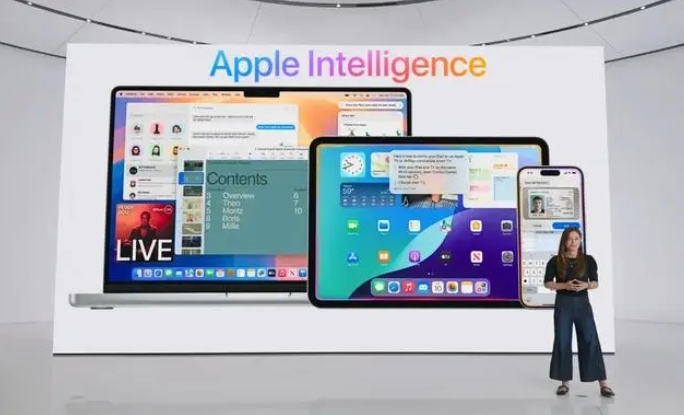
Mobile phone AI is by no means a gimmick, but the ecology and features need to be further improved, and the development direction also requires companies to explore step by step. The end-side AI and AI Agent, which are about to become popular and play a role, may be the opportunity for the rise of AI mobile phones.
The hope of AI mobile phones: end-side AI and AI Agent
Compared with cloud-side AI, the main advantages of end-side AI are two: one is that the interaction delay is shorter and will not be affected by network fluctuations; the other is that data is calculated on the end side, which can effectively protect the user's information security. While launching end-side AI, major mobile phone manufacturers are emphasizing data security, and end-side AI can generate large models based on user usage habits to create AI assistants that are more in line with user preferences, thereby helping users handle various tasks more conveniently.
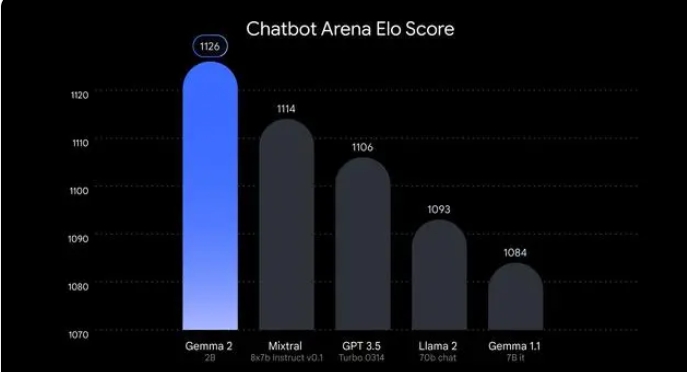
Of course, the disadvantages of edge AI are also obvious. The computing power of mobile phones is limited. It is suitable for processing reasoning tasks with high requirements for immediacy, cumbersome interactions, and low performance requirements. It is inevitable that it is somewhat powerless when facing training tasks and some reasoning tasks with high performance requirements. The huge parameters and energy consumption issues are also key factors hindering the development of edge AI.
Without sacrificing performance and functions, Apple's Apple On-Device large model compressed the number of parameters to 3 billion, and Google DeepMind's Gemma 2 2B compressed the number of parameters to 2.6 billion parameters, further reducing the required resources and improving operating efficiency.
Apple's A series chips and Qualcomm Snapdragon chips are both improving AI computing power, which has laid the foundation for the development and progress of edge AI. The development of chip AI performance and edge AI support each other. The former provides a performance foundation, and the latter has room to play. The latter's function improvement can bring out the potential of the former.
AI Agent is the target form of edge AI. Users only need to give instructions, and AI Agent can think and perform the required operations independently, without the need for users to give operation instructions at every step. At IFA 2024, Honor demonstrated the AI Agent's one-click operation to turn off automatic renewal. The button to turn off the automatic renewal of the app is usually in the fourth or fifth level menu, which is difficult for users to find. However, Honor AI Agent can intelligently help users turn it off with a voice command, which shows the strength of AI Agent.
Apple also emphasized at the Developer Conference in June this year that the new version of Siri will have screen perception function, can understand the content that users are browsing, and provide corresponding operation suggestions, and will also be deeply integrated with third-party apps to facilitate users to operate applications. From the focus of Honor and Apple's AI functions, it can be seen that in-depth interpretation of user instructions and cross-application operations will be essential capabilities for mobile phone AI in the future.
Understanding user instructions is the basis for AI to complete complex operations, and realizing cross-application operations is the key to improving the user experience. In the automotive industry, which has a relatively simple ecology, some car companies have achieved "full scene visible and can be said", that is, the text displayed on the screen can be selected or operated by users through voice commands.
Honor has gone a step further and can directly operate the options of the fourth and fifth level menus through voice commands. However, considering the large number of mobile phone apps and their complex functions, it is likely that only some apps that have deep cooperation with mobile phone manufacturers can realize arbitrary control by voice commands in the early stage.
At present, the experience provided by mobile phone AI functions is not much different from that provided by apps, but the progress of mobile phone AI is clearly visible. There are two major directions: end-side AI and AI Agent. One hits the pain point of privacy issues, and the other allows us to see the infinite possibilities of mobile phone AI.
AI mobile phones are accelerating, and science fiction is becoming reality
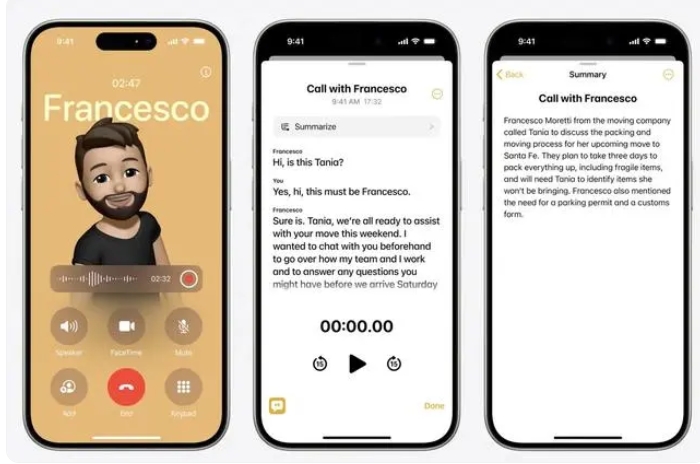
MOSS in "The Wandering Earth" and Jarvis in "Iron Man" are reliable helpers for humans. They can help us complete many tasks and are also human fantasies and expectations for AI. @Digital Chat Station broke the news that the internal code name of the Honor Magic 7 series is "Iron Man", and the iteration direction is Jarvis. The AI in science fiction movies is gradually entering the real world.
Although AI functions cannot be used as the core competitiveness of mobile phones at present, from end-side AI to AI Agent, we have seen the progress of mobile phone AI functions. However, as supply chain people said, smartphone hardware needs to be improved to fit the application ecology of the AI era. The progress of the AI industry requires the joint efforts of the supply chain and mobile phone manufacturers. All consumers can do is wait and spend real money to support AI products.
From the functions previewed by Apple Intelligence and Honor AI Agent, we can foresee the improvement of mobile phone experience by AI in the future. More importantly, these cross-application operations and the ability to call AI anytime and anywhere are difficult for third-party AI applications to achieve, and can become the core competitiveness of future flagship mobile phones and the driving force for sales growth. iPhone also has the opportunity to achieve sales growth with Apple Intelligence.